
The Staffordshire bull terrier, also called the Stafford, Staffy, or Staffie, is a medium-sized dog of somewhat short stature with a muscular, athletic body. Contrary to its tough appearance, the Stafford is a gentle, loyal, and highly affectionate dog breed that was recognized by the American Kennel Club in the 1970s.
Praised for its "nanny-like" instincts, the Stafford gets along remarkably well with children when properly trained and socialized. However, because of this breed's strong prey drive and dog-fighting ancestry, use caution around other pets.
Overall, Staffordshire bull terriers have friendly, gentle dispositions and make lovely companions for many types of households. If raised together, well-trained, and closely supervised, this breed may even learn to get along with other animals beautifully, but some Staffies will be best suited for a one-pet household.
The Staffordshire bull terrier was developed in England during the 19th century for dogfighting. To create a faster and more compact dog breed, bulldogs were crossed with small terriers, most likely Manchester terriers and similar breeds. At the time, bulldogs were large, fierce, and intrepid, much different than today's bulldogs.
Before landing on its current name, Staffords have been called bull-and-terrier dogs, bulldog terriers, and old pit bull terriers. Once dogfighting was made illegal during the early 20th century, Staffords became more widely recognized as loyal and affectionate companion dogs.
The Staffordshire bull terrier was brought to the U.S. toward the end of the 19th century but was not officially recognized by the American Kennel Club until 1974.
Staffordshire bull terriers should never be walked off-leash as they can be aggressive with unknown dogs and will chase any small animals they consider to be prey. They are unlikely to do well at free-run dog parks. These strong dogs will need training to avoid pulling on the leash, but they need little to average grooming.
The Stafford is an athletic dog breed with plenty of energy, so routine exercise is essential. Give your dog an hour total of vigorous walking daily. Be careful not to overdo it in warmer weather, as the breed is typically sensitive to heat. Staffords will especially benefit from dog sports that challenge them mentally and physically. A securely fenced yard is a good play area, but be aware that the Stafford is a terrier and will dig an escape tunnel if able. You may wish to reinforce the bottom of fences.
The short, smooth coat of the Stafford requires little more than routine grooming. This breed tends to shed at a low to moderate rate, though shedding does increase seasonally. Keep the nails neatly trimmed for healthy, comfortable feet.
As with any dog breed, proper training is a must for the Staffy. This is a very intelligent dog breed that can be stubborn, following its own will if permitted. Therefore, obedience training is essential to manage your dog and provide structure. Socialization is just as important, so your dog will be comfortable in all kinds of situations and become a well-adjusted dog.
Responsible breeders strive to maintain the highest breed standards as established by kennel clubs like the AKC. Dogs bred by these standards are less likely to develop hereditary conditions. However, some hereditary health problems can occur in the Staffordshire bull terrier breed. The following are some conditions to be aware of:
The Staffordshire bull terrier should be fed two meals a day of dry dog food. Each feeding should be a maximum of 1 cup of food. A dog's individual needs will be determined by age, activity level, and health conditions. It's best not to exercise your dog for an hour after eating in order to help reduce the risk of bloating and stomach torsion.
Staffordshire bull terriers may be available at local shelters or with rescue groups. They can cost a few hundred dollars as a rescue or cost an average of $2,000 from a breeder. Check with breed-specific rescue groups to see if they have information on Staffies in your area.
Minimal grooming
Loyal, kind, and protective of children
Affectionate and playful
Needs a lot of exercise but are also sensitive to heat
May be aggressive toward other animals and may need to be in a one-pet household
Tends to chew and dig, especially as puppies
If you are active, patient, and ready to provide plenty of one-on-one affection to your dog, the Staffy could be the dog breed for you. However, it's important to do more research before you decide to get one of your own. Talk to veterinarians and pet professionals, Staffy owners, responsible breeders, and bully breed rescue groups to learn all you can.
If you’re interested in similar breeds, look into these to compare the pros and cons.
There’s a whole world of potential dog breeds out there—with a little research, you can find the right one to bring home!
This breed is fine living in an apartment or condo, but only if it gets enough exercise each day. A Staffie is active indoors as well, so it will still need to be sufficiently stimulated. However, a Staffordshire will often be considered a pit bull terrier, aka "bully breed," and the landlord may have breed restrictions that will not allow this type of dog to live on the premises.
The difference between the two breeds is merely physical, though some will say that the American bull terrier may be a tad "sweeter" than a Staffie. The American bull terrier is larger than its English cousin, but a Staffordshire has a more powerful jawline.
This is a common question, and a tough one to answer. Staffies may have an unwarranted reputation for being dangerous dogs because of the breed's history as fighting dogs. Yet, known as "nanny" dogs, they are gentle and loving with children. Any breed can be troublesome. But more likely, Staffordshire dogs come with baggage because of irresponsible owners who have trained them to be aggressive. It's best to talk to as many breed owners as you can to get a full picture of whether or not this dog is for you.
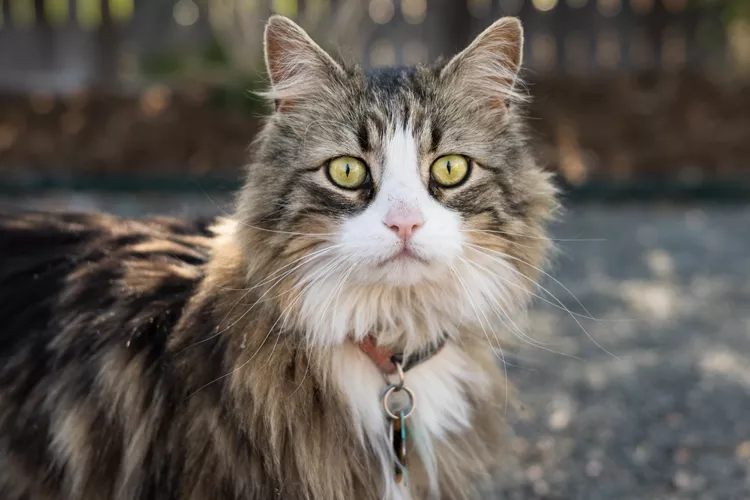
75 Unisex Cat Names
Our gender neutral cat names perfect for your feline friend, with a diverse selection of fun and inclusive options to fit your pet's disposition.
Why Does My Cat Stink?
Is your cat stinky? Find out about the causes of bad odors in cats and when it is something to be concerned about. Learn how to help your stinky cat.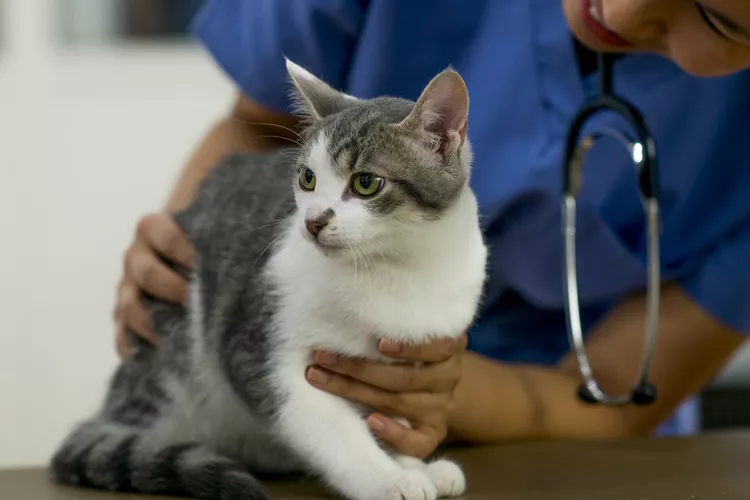
Signs of Rabies in Cats
Rabies is a fatal and contagious virus that can affect cats. Learn about the signs of rabies in cats and what to do about them.
Can Cats Eat Dog Food?
Can cats eat dog food? In small amounts, it's unlikely to be a problem, but long-term feeding of dog food to cats can cause health issues and malnutrition.
Exploring the Different Types of Pet-Friendly Beaches
Are you looking for pet-friendly beaches? Learn about the different types of pet-friendly beaches, their locations, and tips for visiting them with your pet.
Pulled Muscles in Dogs
A pulled muscle is one of the most common injuries seen in dogs. What can you do if your dog pulls a muscle and how can you prevent it?
Fibrosarcoma in Cats
Fibrosarcomas are potentially fatal soft tissue tumors that can occur in cats. Learn the causes, treatment, and prevention.
Alopecia in Dogs
Alopecia leads to hair loss and bald spots in dogs. Some breeds may be more at risk. Learn common causes, treatment, and prevention of dog alopecia.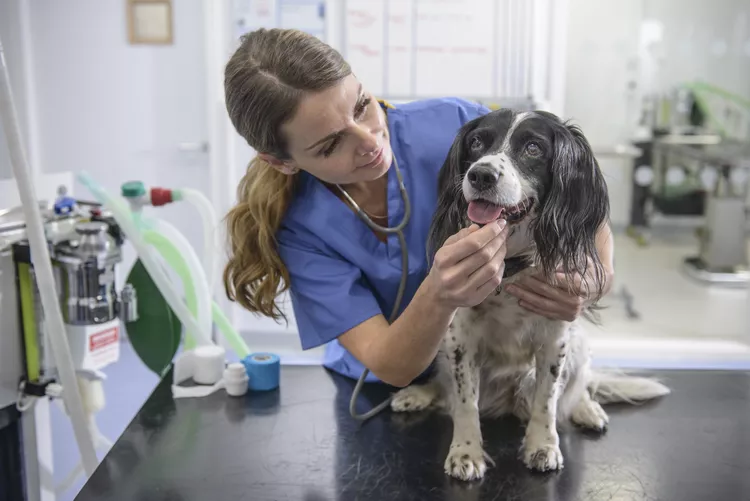
Is Acetaminophen Safe for Dogs?
Acetaminophen is used by humans for pain and fever relief, but is it safe for dogs? Here's what you need to know before giving your dog acetaminophen.
Can Dogs Eat Almonds? Understanding the Risks and Guidelines
Can dogs eat almonds? While a couple likely won't hurt, it's best to avoid feeding your dog this nut. Learn the risks here.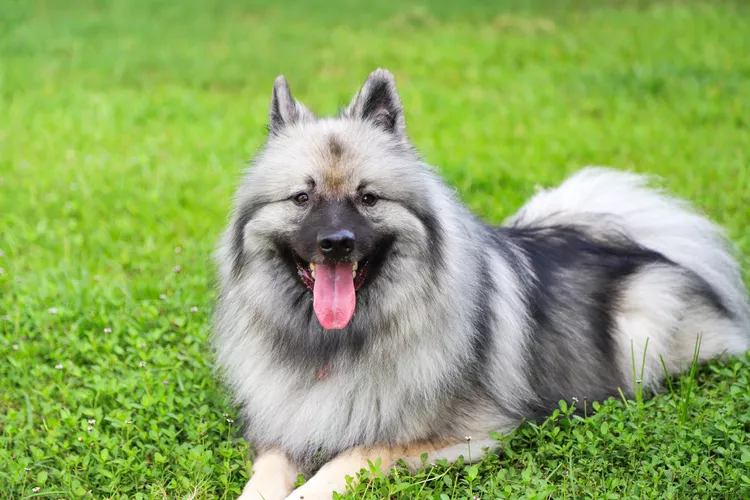
Keeshond: Dog Breed Characteristics & Care
Learn about the keeshond dog, also known as the Dutch Barge Dog. This fluffy spitz breed was bred to guard, but also makes a friendly companion.
Is Rosemary Safe for Dogs?
Rosemary is used both for cooking and as a supplement with many reported health benefits in people, so you may be wondering if it is safe to give to your dog. Rosemary is considered non-toxic for dogs but with some caveats.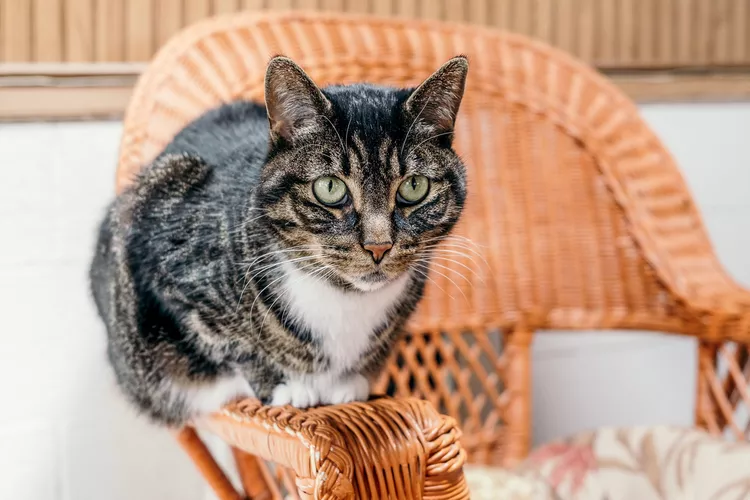
7 Hybrid Cats Breeds
Hybrid cat breeds can make appealing pets since they look more exotic than domestic house cats, but they aren't for everyone.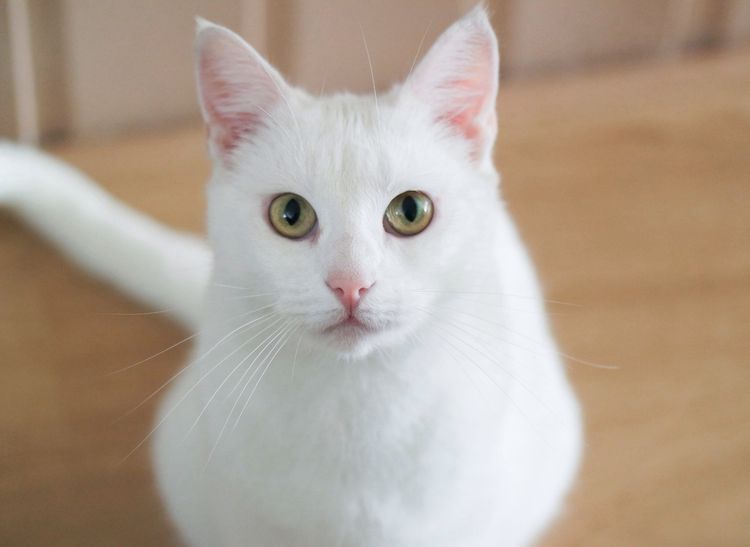
The Best White Cat Breeds to Keep as Pets
Several breeds can result in white cats with long or short hair. Find out the pros and cons of these white cat breeds.
11 Cute Pictures of Ragdoll Cats
Ragdoll cats are known for their beautiful coats and bright, blue eyes. Learn all about the breed, and check out some cute pictures here.
7 Reasons Why Your Cat Eats Paper, and How to Stop It
Is your cat eating paper? Learn why your cat is doing this, and find out how to put a stop to it.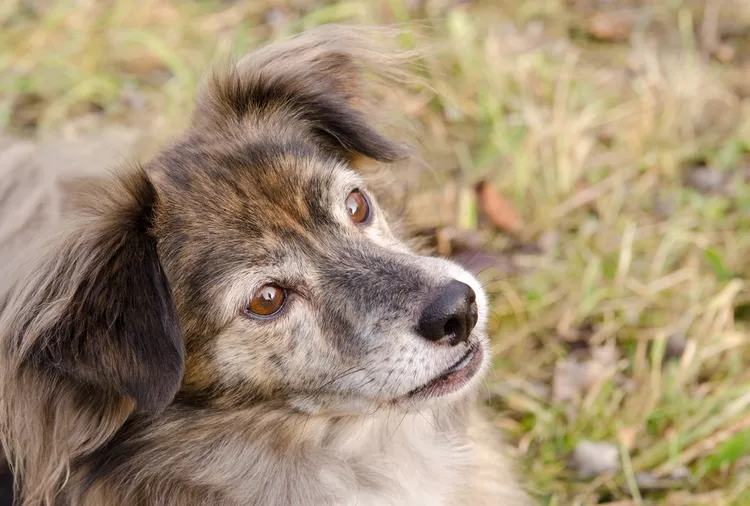
Feist: Dog Breed Characteristics & Care
Feists are small, short-haired dogs developed to hunt squirrels and catch vermin. These high-energy, affectionate pooches make great companion animals.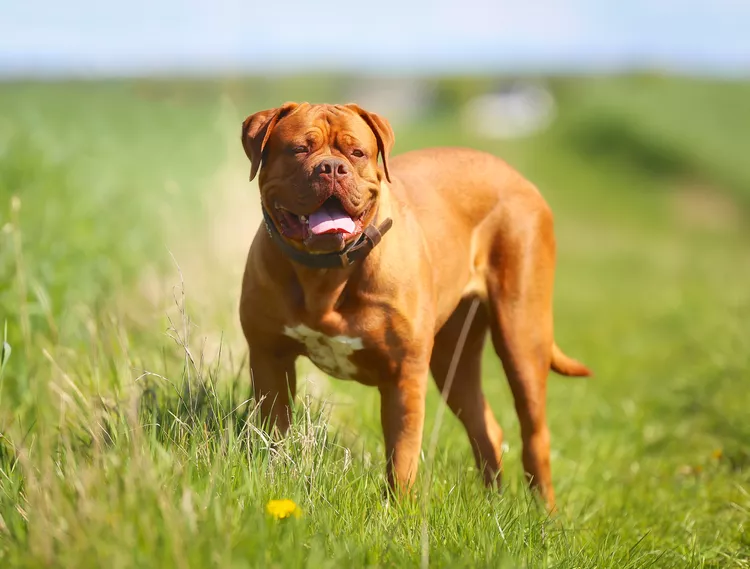
Dogue de Bordeaux (French Mastiff): Dog Breed Characteristics & Care
Learn about the Dogue de Bordeaux, also called the French mastiff. Although large and muscular, they’re known for their calm and gentle personality.
How to Stop Your Dog From Fearing Men
Many dogs have a phobia of men. Learn how to help your dog overcome its fear through desensitization and training while keeping everyone safe.
Why Dogs Eat Poop and How to Stop Them
Is your dog eating poop? Some dogs do this because of stress or illness. Learn how to prevent stool eating, or coprophagia, in dogs.